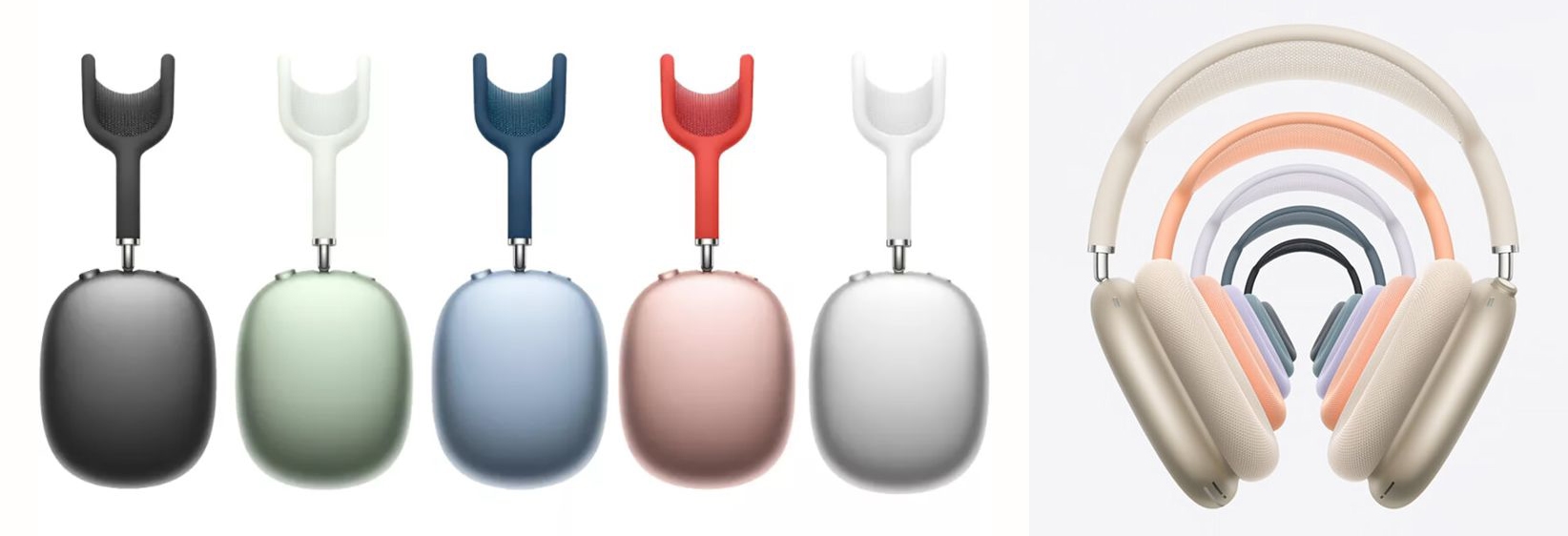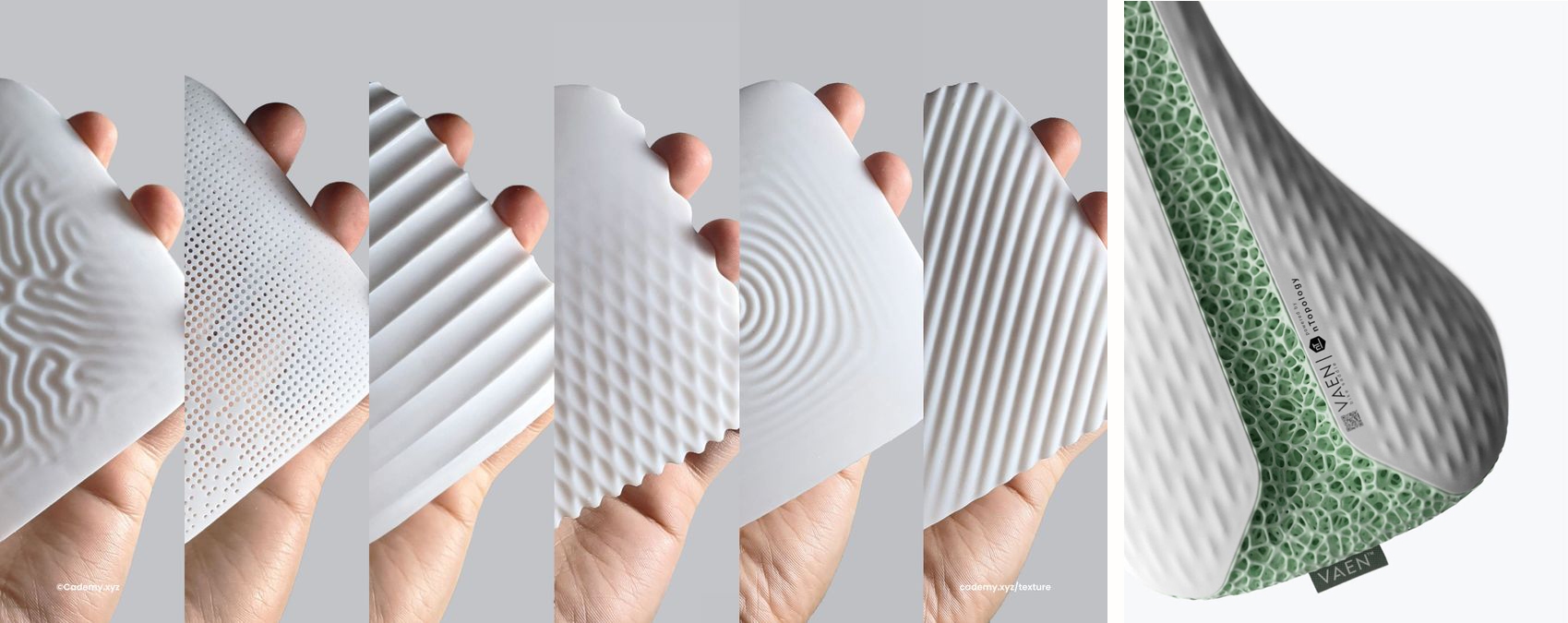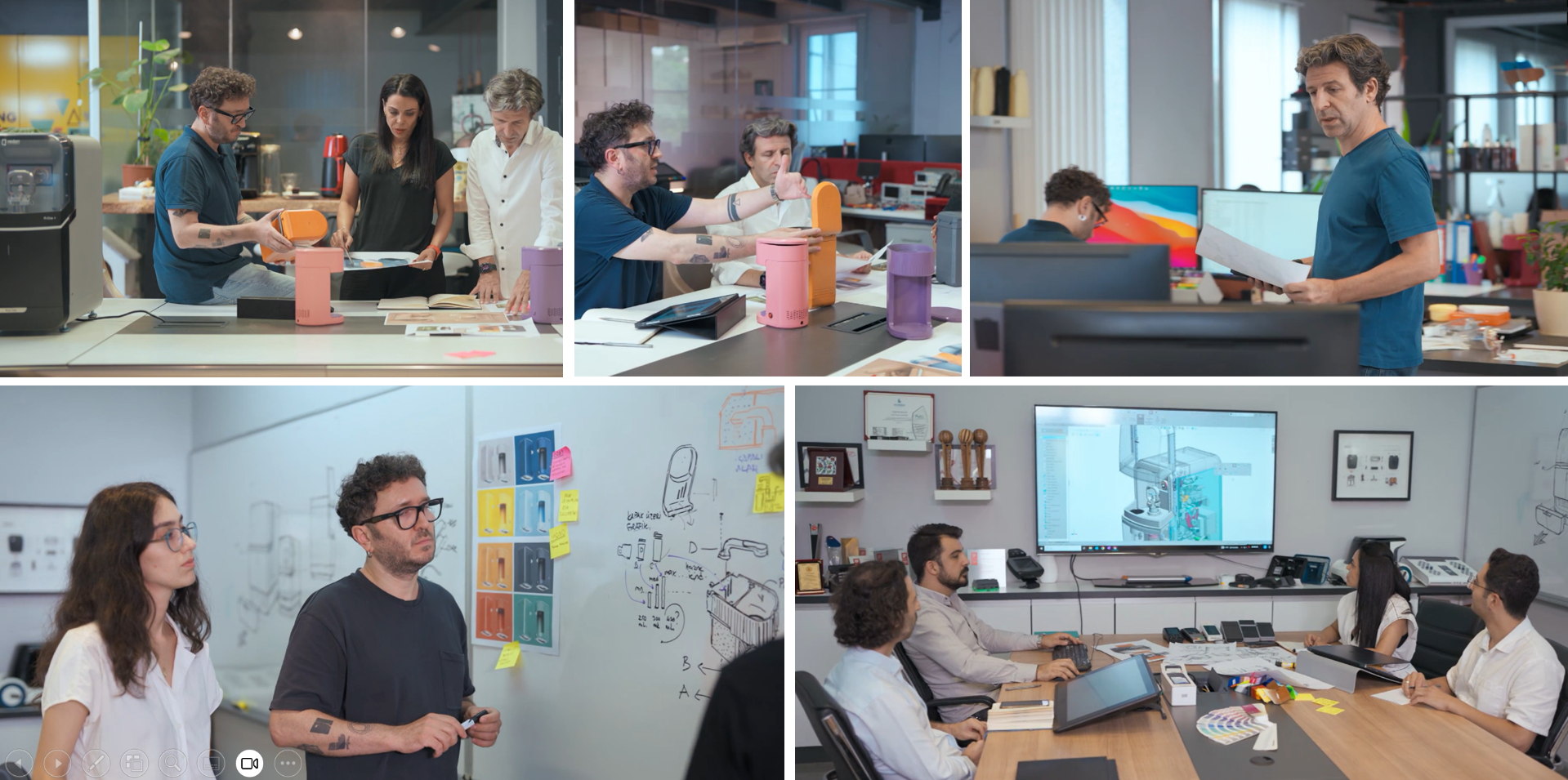What is CMF? The Invisible But Tangible Face of Design
Design is not only about how a product functions but also about how it feels. That feeling is largely shaped by CMF — Color, Material, and Finish. CMF is the architect of the user’s first interaction with a product. No matter how innovative or functional a product may be, the user first sees it, then touches and feels it. Colors trigger emotional responses, materials create a sense of trust or comfort, and the surface finish directly influences the perception of quality at the moment of touch. Therefore, CMF is not just an aesthetic detail; it is a fundamental strategic element that forms the soul of the design.
CMF Effect and Tactility in Product Design

Color: The First Touch That Reaches Emotions
Color is the initial connection established with the user. The human mind doesn’t just see colors — it interprets them. Each color represents a feeling, a situation, or an expectation. For example:
Blue: Calmness, trust, professionalism
Red: Energy, passion, action
Green: Nature, balance, sustainability
Yellow: Joy, attention, dynamism
Using Color in Context
The use of pastel tones on the handle of a hairbrush, for instance, can convey a gentle and soft experience, while metallic tones might suggest a more professional or high-performance feel. This design language is deliberately chosen according to the product’s target audience and its context of use.
Moreover, color serves not only as an emotional trigger but also as a functional tool. Especially in multi-functional products, color offers intuitive guidance — distinguishing different functions or indicating active states. In this way, the user can understand and use the product easily, without confusion.

Material: The Language That Carries a Product’s Identity
Material defines not only the physical but also the emotional dimension of a product. While wood evokes a sense of naturalness and warmth, metal symbolizes technology, strength, and durability. Plastics, on the other hand, communicate lightness, flexibility, and accessibility. Today, however, material is more than a simple message carrier — it has become a statement of values and positioning.
The Impact of Material Choices on User Perception
In personal care products, antibacterial silicone surfaces provide both hygiene and a soft touch, instilling trust in the user. When the same product is offered with a metal body, it conveys a more sophisticated, even luxurious impression. These material choices go beyond aesthetics — they relate to ergonomics, durability, and intended use scenarios. For instance, non-slip surfaces in sports equipment ensure secure handling, while heat-resistant materials in kitchen products enhance functionality.
Contemporary design responds not only to the question of what the material is, but also how it feels.
Dyson Supersonic™ hair dryer, with its precisely engineered metal body, delivers not just high performance but also a strong sense of solidity and trust. Here, material bridges the gap between advanced technology and emotional assurance.
Nothing Phone (2) uses a transparent polycarbonate back, making the internal technology visible while signaling openness and honesty. This material choice becomes a modern way to build both intellectual and emotional connections with the user.
The Apple Watch Ultra, crafted with a titanium case, combines lightness and durability with a refined aesthetic, appealing to users who value products that are both rugged and elegant. In this case, material becomes an extension of the user’s lifestyle.
Fiskars’ designer knives, blending recycled steel with ergonomic handle materials, communicate both professional quality and an eco-conscious mindset. The product becomes more than functional — it represents a thoughtful, responsible choice.

Sustainability and Material Strategy
Today’s consumers are no longer concerned solely with what a product does — they also question how it’s made, where its resources come from, and what kind of environmental impact it leaves behind. Design is no longer just a matter of form and function; it has become a reflection of ethics and values. For this reason, sustainability is now an inseparable component of modern CMF strategies.
Deeper Connections Through Responsible Materials
Products designed using recycled, biodegradable, or naturally sourced materials foster a deeper emotional connection with the user. When a consumer interacts with such a product, they feel they are participating in a value system — not just buying a functional object. Sustainable material use serves both the environment and brand identity.
IKEA – KUNGSBACKA Kitchen Panels
IKEA’s KUNGSBACKA kitchen series features surfaces made from recycled PET bottles, offering durability and a modern look. These panels demonstrate that recycling and aesthetics can coexist. The design language is fully aligned with environmental awareness.
Nike – Space Hippie Shoe Series
Nike’s “Space Hippie” line presents a radical example of sustainable design, using manufacturing waste and recycled textiles. The deliberately “trash-like” aesthetic reminds users of the circular economy philosophy. Here, material becomes a direct communication tool that carries a message.
LUSH – Solid Shampoos (Packaging-Free )
With a zero-packaging policy, LUSH’s solid shampoo bars extend sustainable material strategy beyond ingredients — they transform the entire user experience. Without packaging, surface and texture become the primary carriers of the CMF experience.
Some designers intentionally leave recycled materials in their raw, unrefined form, giving products an authentic aesthetic while transparently representing sustainability. Others take these materials through advanced processing to place them in the luxury segment, redefining the concept of “eco-elegance.”
When users choose products made from sustainable materials, they are investing not only in a physical object but in their own ethical stance. This emotional investment directly influences factors like product loyalty, word-of-mouth recommendations, and brand attachment.
Surface Quality ( Finish): The Most Delicate Face of Tangible Design
Finish, the final appearance, texture, and treatment of a product’s surface — is the most powerful expression of the sensory bond between user and object. This bond goes beyond aesthetics; it is also an ergonomic and psychological experience. The moment you touch a product, the feel of its surface — whether it’s smooth, rough, soft, hard, or warm — instantly shapes your perception. Thus, finish isn’t merely the last touch in design; it’s the core of the experience.
How Different Surface Finishes Influence Perception
Every surface finish creates distinct impressions in the user’s mind:
- Glossy finishes are often associated with modernity, dynamism, and attention-grabbing appeal. They’re frequently used in luxury cars and high-tech devices to evoke a sense of value and innovation.
- Matte finishes convey simplicity, elegance, and professionalism. With practical advantages such as resisting fingerprints and reducing glare, they’re ideal for frequently touched products.
- Textured surfaces add character to a product and offer practical benefits like improved grip. They’re commonly used in outdoor gear or hand tools to ensure safety and control.
- Soft-touch coatings provide a warm, inviting feel, especially in personal care or consumer electronics, where comfort and emotional connection are key.
Surface Quality and Perceived Quality
Surface quality is a major determinant of a product’s perceived value. Two items with identical functionality can evoke entirely different emotional responses simply due to differences in finish. This is especially critical in luxury products, where consumers seek not just utility, but status, identity, and satisfaction.
The tactile feel, whether slick or textured, also affects ease of use. For example:
Micro-textured surfaces in kitchen tools ensure a firm grip, even when hands are wet. Fingerprint-resistant coatings on portable tech devices help maintain a clean and polished look, reinforcing an impression of precision and care.
Sensory Perception and Surface Interaction
- Matte surfaces provide a calm and refined impression.
- Glossy finishes create a more energetic and striking expression.
- Sandblasted or textured surfaces lend a professional, rugged character.
Beyond appearance, finish affects factors like scratch resistance, ease of cleaning, and durability — all of which contribute to long-term user satisfaction. In short, finish is where design meets sensation. It’s not just about how a product looks, but how it feels, performs over time, and emotionally resonates with the user.

Example: Tactile Experiences by Arman Design
In the electronic kitchen products developed by Arman Design, scratch-resistant and fingerprint-repellent matte polymer surfaces have been deliberately chosen. This is not merely an aesthetic decision it reflects a comprehensive CMF strategy focused on hygiene, ergonomics, and user satisfaction. The perceived quality upon touching the surface plays a crucial role in shaping the overall impression of the product. The user doesn’t just own the product; they form a personal connection with it through the tactile experience. In this context, surface finish becomes a silent communicator reinforcing the brand’s commitment to thoughtful design and enhancing the user’s daily interactions through subtle, sensory cues.

CMF: The Silent But Powerful Language of Design
CMF design ensures that a product not only looks good, but also feels right. It guides through color, builds trust with material, and creates emotional connection through surface. A successful CMF strategy seamlessly merges technical competence with aesthetic quality, forging a lasting bond with the user. The design of the future is not limited to what pleases the eye — it speaks to the senses. And CMF is the most compelling guide on this sensory journey.
 From TRT Documentary to Modern Design Philosophy: The Anatomy of Industrial Innovation with Arman Design
From TRT Documentary to Modern Design Philosophy: The Anatomy of Industrial Innovation with Arman Design  The Future of Industrial Design in Turkey
The Future of Industrial Design in Turkey  Design + Engineering: More Than Aesthetics
Design + Engineering: More Than Aesthetics